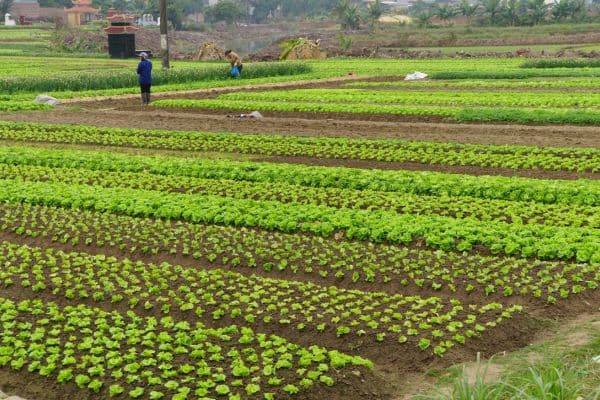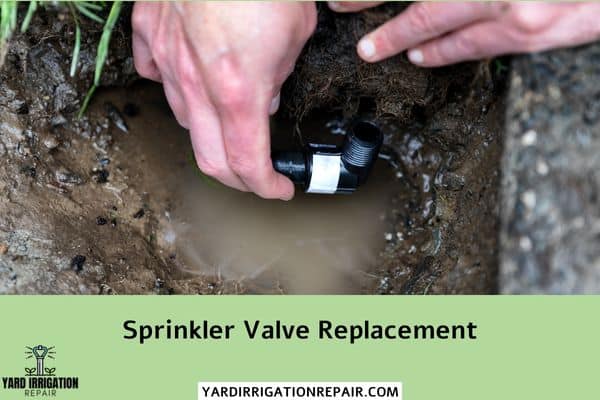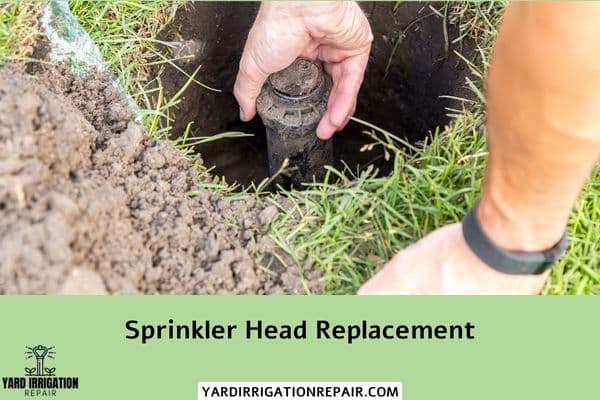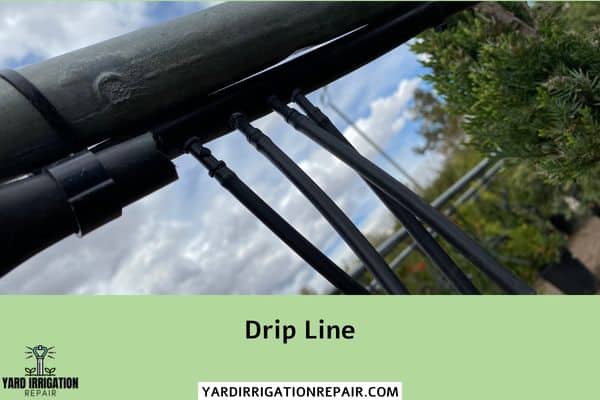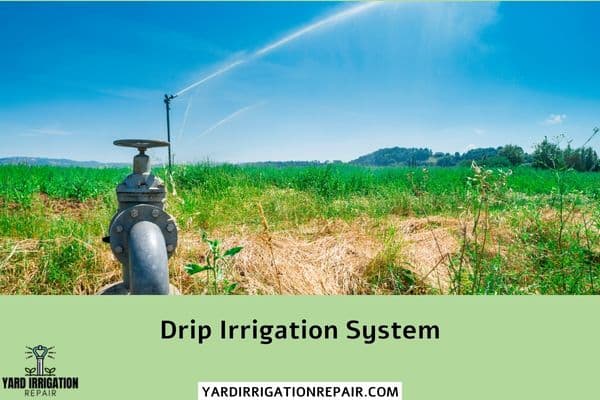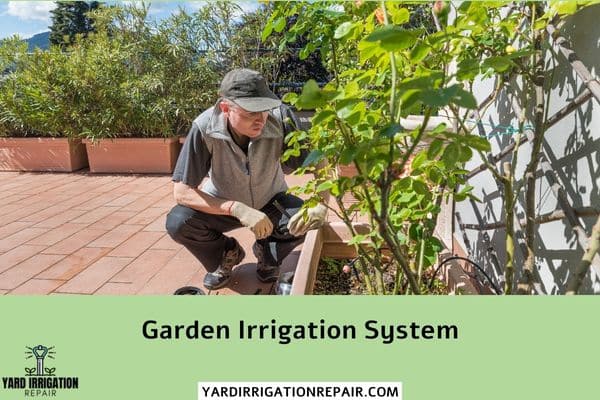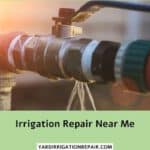Are you looking for an efficient way to manage the irrigation of your raised flower bed?
Look no further than our professional, quality irrigation solutions!
Our 5 year warranty ensures that all parts and fittings used are top notch so that you don’t have to worry about any maintenance or replacements for a long while.
We understand that it can be tricky when trying to figure out the best method of irrigating elevated areas and we’re here to walk you through everything step by step so that your garden remains beautiful and well watered all season long!
Leave contact details
Benefits of a Raised Bed Irrigation System
Gardening can be a relaxing and rewarding hobby, but maintaining a healthy garden requires time and effort.
One way to make gardening easier is by installing a raised bed irrigation system.
With raised bed irrigation, water is delivered directly to the roots of plants, reducing the amount of water lost to evaporation.
This can result in significant water savings and healthier plants.
Furthermore, having a raised bed allows for better soil drainage and aeration, which is essential for plant growth.
Say goodbye to the hassle of dragging hoses around the garden and hello to a more streamlined and efficient irrigation system with raised bed irrigation.

How to Design a Raised Bed Irrigation System
If you’re planting vegetables or flowers in raised beds, you know how important it is to keep the soil consistently hydrated.
That’s where a raised bed irrigation system comes in handy.
Designing your own system will not only save you time and effort, but it will also ensure that you’re providing the exact amount of water your plants need.
By creating a custom irrigation system, you can avoid overwatering or underwatering and keep your plants thriving.
Plus, you’ll have the satisfaction of knowing that you built it yourself!
With a few simple steps, you can have an effective raised bed irrigation system up and running in no time.
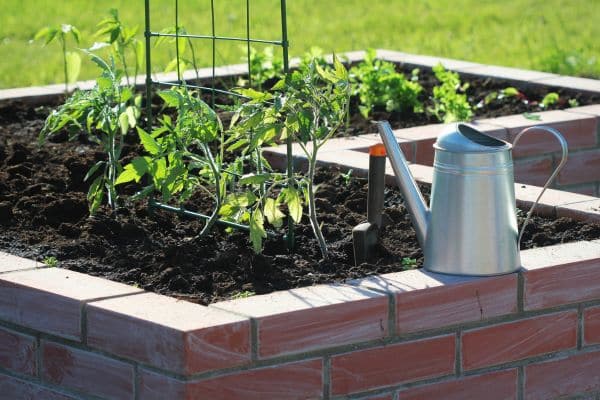
What Materials You Need for a Raised Bed Irrigation System
Gardening enthusiasts know that a raised bed irrigation system is essential for maintaining a healthy garden.
However, it’s essential to have the right materials to ensure a successful system.
Firstly, you will need a drip irrigation kit that includes all the necessary components like tubing, emitters, and connectors. A timer is another essential component that is especially useful for busy gardeners.
You will also need a backflow preventer to ensure that your tap water doesn’t mix with your fertilizers.
Lastly, a pressure regulator stabilizes the water pressure and prevents the tubing from bursting.
With the right materials, growing crops in a raised bed becomes a breeze.
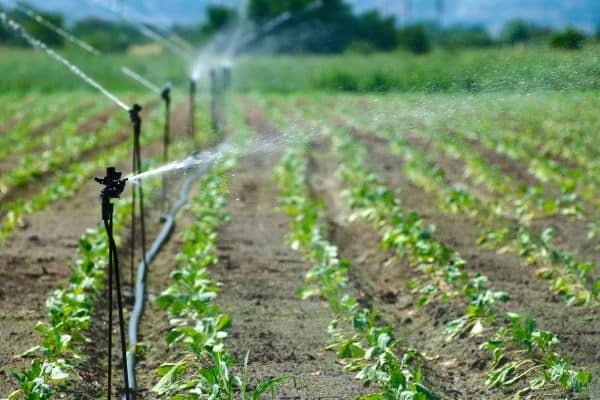
Tips and Tricks for Installing and Maintaining Your Raised Bed Irrigation System
Maintaining an irrigated garden can be a daunting task, but with a raised bed irrigation system, it’s a breeze.
The benefits of using a raised bed irrigation system are numerous; it helps you conserve water and promotes efficient root growth.
All you need to get started is to follow these tips and tricks for successful installation and routine maintenance.
Experts recommend installing a water-efficient drip irrigation system that delivers the right amount of water to the plants without any waste.
Additionally, it helps to have a timer and a filter installed to help regulate the water pressure, and keep your raised bed irrigation system in tip-top shape.
With these expert tips, you can enjoy a bountiful and healthy garden.
Common Issues with Raised Bed Irrigation Systems and How to Fix Them
Gardening in raised beds is a fantastic way to grow your own fruits and vegetables, but it’s not without its challenges.
One of the biggest issues faced by gardeners is with raised bed irrigation systems.
Whether it’s poor drainage or uneven watering, these problems can lead to stunted growth, wilted plants, and even root rot.
Fortunately, there are solutions to these common issues that won’t require you to start all over.
From understanding the water needs of your plants to installing the proper drainage, we’ll explore how to fix raised bed irrigation problems so you can enjoy a flourishing garden all season long.

The Advantages of Having Professional Installation for Your Raised Bed Irrigation System
Are you looking to install a raised bed irrigation system in your garden?
While it may be tempting to tackle this project on your own, there are numerous advantages to opting for professional installation.
With a team of experts at the helm, you can rest assured that your irrigation system will be properly designed and installed to meet the unique needs of your garden.
From ensuring proper water flow and soil saturation to reducing the risk of leaks and other irrigation system failures, professional installation can save you time, money, and frustration in the long run.
So why not leave this important job to the professionals and enjoy a lush, healthy garden all season long?
Installing a raised bed irrigation system can be a great way to water your garden more efficiently and effectively.
From the right parts and materials, to the right installation practices, all of these considerations will ensure that you are using your irrigation system without any trouble.
With our 5 year warranty provided on our products and professional installation services here at Workflow to look after you if things go wrong, you really have nothing to worry about when it comes to your raised bed irrigation system and its maintenance.
We hope this blog post has helped clear up some of the uncertainty around raised bed irrigation systems and given you all the information and tips needed for installing one hassle free!
If there’s anything else we can help with, don’t hesitate to contact us today – we’d love the opportunity to work with you!
FAQ
What are the benefits of using raised bed irrigation?
Raised bed irrigation is a method for growing crops in greenhouses or outdoor spaces. This highly efficient technique involves raising beds above the ground and using techniques like drip, flood, and trickle irrigation to water plants in an organized way – saving precious water resources and improving crop production.
The biggest benefit of raised bed irrigation lies in its ability to improve water efficiency. By keeping the soil at a raised elevation, the water is prevented from evaporating quickly from the surface of the soil; instead, it slowly soaks into the beds which helps promote root growth and healthier plants with improved yields.
In addition, precise control over how much water is allocated to each plant results in less wasteful runoff compared to traditional methods such as furrow or border strip irrigation.
If that wasn’t enough, there’s also added benefits when it comes to bioprinting technology for food production: by precisely controlling planting layouts with raised-beds this allows robotic arms powered by smart algorithms (like those found in 3D printers) access wider swaths of land enabling large scale food production while ensuring all individual microclimates are optimized for each type of crop being grown – something previously impossible with conventional farming techniques!
With automated robot arms driving these new approaches towards agriculture there can be significant boosts in yield resulting from minimal labor costs as well as bigger harvests due to high precision watering systems employed with efficient hydroponic setups —all thanks to raised bed irrigations!
What are the best practices for installing raised bed irrigation?
One of the most cutting-edge practices for installing raised bed irrigation is bioprinting in the FoodTech industry. This technology involves using a specialized printer to print out 3D structures with edible materials like biological “inks,” such as plant proteins, starches, and other polymers.
By using bioprinting technology, you can control the texture and pattern of your food product on a more detailed level than ever before, allowing for creative designs while providing precise levels of moisture dispersion during raised bed irrigation.
Another benefit to this technology is that it allows for true environmental sustainability when designing complex agricultural systems. It eliminates many aspects of traditional farming techniques which can waste water or pollute soils due to overuse and misuse of pesticides or fertilizers.
Since these structures are printed from natural sources, they are incredibly sustainable compared to prior practices for setting up irrigation systems around crops in raised beds. As an added bonus, they require less energy input than conventional approaches because there’s no need to produce copious amounts of soil mixtures or fertilizers that often go along with traditional farming methods!
Finally, bioprinted crops also provide superior nutrition when compared with traditionally grown plants thanks to their advanced structure design capabilities; this ensures efficient nutrient uptake throughout the entire process — from seedling sprouting through delivery at local markets — resulting in higher yields and better tasting produce overall!
With all these advantages comes an increased potential for economically successful small-scale agriculture operations within neighborhoods who might otherwise struggle due to limited resources available for working larger land plots individually — making it a great option if you’re looking into setting up your own raised bed irrigation system without having accesses expansive lands nearby!
What type of watering system is best for a raised bed garden?
When it comes to watering systems for raised bed gardens, there is no one-size-fits-all solution. The type of system you should use depends on the size and location of your garden, how often you will be able to water it, and the amount of time you’re willing to devote to maintenance.
However, whichever method you choose, bioprinting has started revolutionizing the food industry with its potential in precision agriculture and could offer an innovative new way for those maintaining a raised bed garden.
Bioprinting is a 3D printing technology that works by combining living cells with artificial materials like hydrogels or plastics in order for layers to be laid down slowly at various heights which create intricate patterns with high levels of accuracy.
This technology can help farmers produce healthier plants more quickly than traditional methods while also reducing water consumption because bioprinted plants are generally better adapted and more resistant to drought. In addition, bioprinting reduces labor costs since fewer people are needed in order for this form of farming to take place as well as reduce fertilizer input which means less pollution into our environment.
Aside from farmers being able to benefit from this new form of agriculture, those who maintain a raised bed garden can also make good use out of these advancements too due their ability customize the shape and structure needed for their project while using less resources like water along the way.
For example if they chose either Passive Gravity Drip or Misting systems both require constant attention but with bioprinting they can cut down on maintenance hours by utilizing automated devices such as timers which turn off when set times have been reached where little human interaction is necessary afterwards until harvesting day arrives..
How do I set up raised bed irrigation timers?
Raised bed irrigation can be a great way to optimize the efficiency of your garden and reduce water wastage. It involves using timers that are programmed to water plants at regular intervals, making sure that they receive the exact amount of moisture needed without draining resources.
One method for setting up raised bed irrigation timers is with bioprinting technology in the FoodTech industry. Bioprinters use 3D printing technology combined with hydroponics systems to make highly detailed models of crops and their root systems.
These models provide an accurate representation of how much water each plant needs and when it needs it, meaning precise control over watering patterns can be achieved with this method. By utilizing these bioprints, you’ll be able to set up a perfectly customized timer system for irrigating your garden’s raised beds; always ensuring that each crop receives precisely the right amount of moisture at exactly the right time.
Additionally, since you’ll have instant access to important insights about your gardens such as soil quality or temperature levels, this type of timer system will also help improve productivity by giving you greater control over conditions in the bed itself – not just how often it is watered!
How do I keep my raised bed irrigation system running efficiently?
Maintaining a healthy and efficient raised bed irrigation system is an important part of gardening, and understanding the basics can help you get the most out of your system. One strategy that is becoming increasingly popular for improving efficiency in irrigated systems is bioprinting in the FoodTech industry.
Bioprinting uses 3D printing technology to create foods with ingredients like plant proteins, emulsifiers, and hydrocolloids. It works by combining these ingredients into a “bio-ink” which is then printed layer-by-layer onto a surface to produce food shapes.
What makes bioprinting so efficient for irrigation systems is that it produces precise portions that are specifically tailored to different plant types; this eliminates any guesswork when setting up or adjusting your system, as well as reducing waste from over or under watering plants.
Furthermore, because bioprinted foods are already composed of water-soluble components mixed with water prior to being printed, they’re able to absorb more moisture than nonwater-soluble fertilizers and nutrients – this means less water used overall! Additionally, these foods don’t need additional layers like mulch or plastic covers – again saving on materials while also allowing better air circulation around your roots during hot summer days.
Finally, bioprinted foods eliminate the possibility of weed growth since they come preformed so there’s no need for secondary weeding after planting them in your beds!
All in all bioprinted food products provide great value for gardeners looking to maximize their raised bed irrigation systems – resulting in healthier plants thanks to better nutrient absorption and less labor involved due to reduced weeding time!

